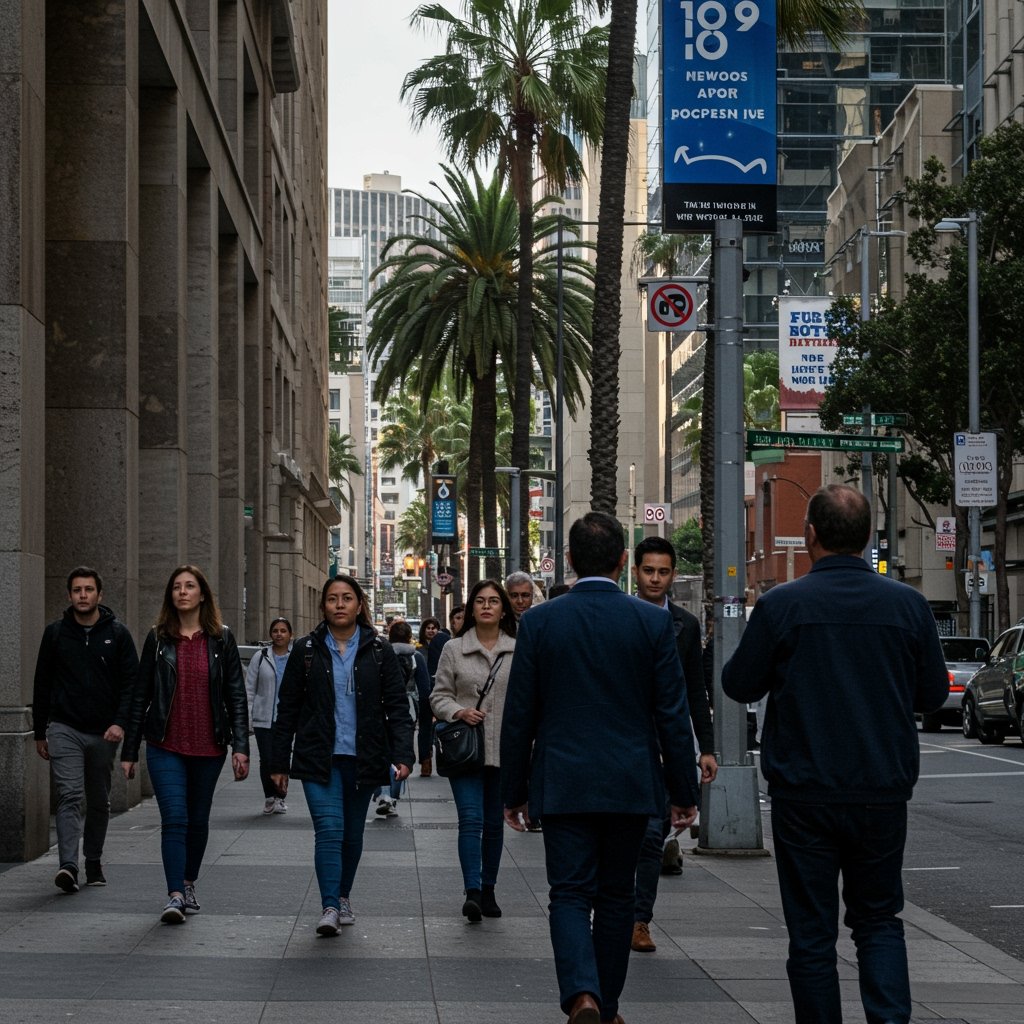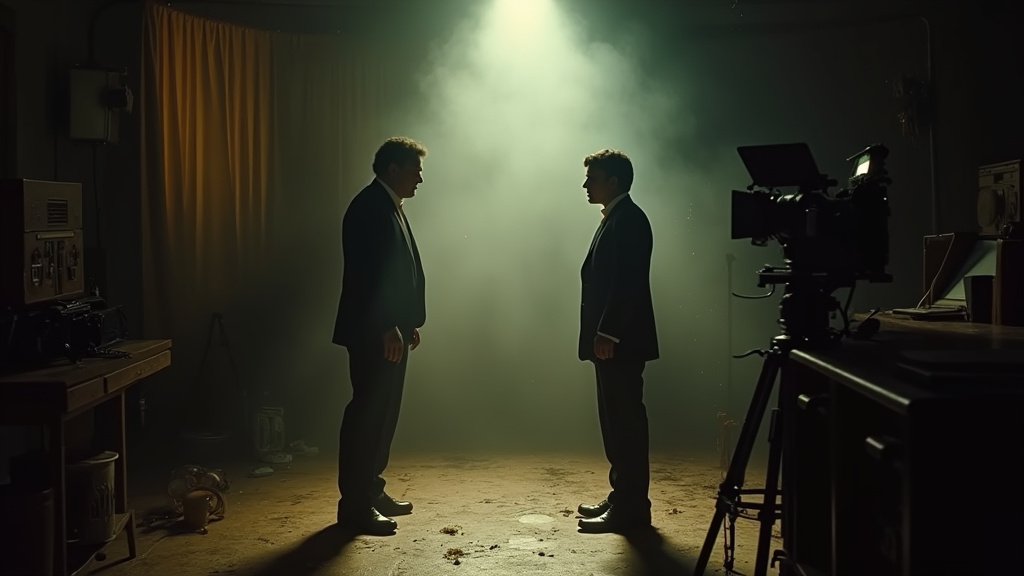Historic Hollywood Negotiations See Tentative Breakthroughs on AI and Streaming Residuals
In a significant development following weeks of intense and often complex negotiations, the Alliance of Motion Picture and Television Producers (AMPTP) and the Writers Guild of America (WGA) have jointly announced achieving tentative progress on several crucial points that have been central to their discussions. The core issues where forward momentum has been reported revolve primarily around the burgeoning integration of artificial intelligence (AI) within the script development process and the pressing need for updated residuals formulas specifically tailored for the contemporary landscape of streaming content.
Sources closely monitoring the discussions and privy to internal perspectives suggest that a particularly productive session occurred on April 25th. This pivotal meeting reportedly took place at the AMPTP’s headquarters located in Sherman Oaks, a location that has served as the nexus for these high-stakes talks. While specifics remain under strict confidentiality, these sources indicate that the discussions on this particular day potentially yielded breakthroughs on previously entrenched positions, paving the way for the tentative agreement announced by both parties.
Navigating the AI Frontier: Establishing Necessary Guardrails
The rise of artificial intelligence has introduced a novel and complex set of challenges for the creative industries, particularly for writers whose livelihoods depend on originality and intellectual property. A key component of the reported tentative agreement involves the establishment of explicit “guardrails for AI tool usage.” This signifies a mutual recognition that while AI tools may hold potential for augmenting creative processes, their application must be governed by clear rules to protect the writer’s role, ownership of their work, and future compensation.
The WGA has consistently voiced concerns about AI being used to generate initial script drafts that writers are then hired to rewrite for a lower rate, or about AI being trained on writers’ original work without permission or compensation. Establishing these guardrails is intended to address these fears, potentially defining scenarios where AI can or cannot be used, outlining ownership of AI-assisted creations, and ensuring that AI serves as a tool to assist human creativity rather than replace it. The specifics of these guardrails will be critical for both sides, detailing how AI interfaces with writers’ credits, minimum staffing levels, and overall compensation structures in the digital age of content creation.
Reimagining Compensation for the Streaming Era
The shift from traditional broadcast and cable models to global streaming platforms has fundamentally altered how audiences consume content and, consequently, how writers are compensated for the reuse of their work. The existing residuals system, designed for linear television reruns and DVD sales, has proven increasingly inadequate in reflecting the vast global reach and perpetual availability of content on platforms like Netflix, Max, Disney+, and others. The WGA has been pushing strenuously for a revised system that ensures writers receive “equitable compensation from shows licensed to global streaming platforms.”
The tentative progress on streaming residuals suggests that the parties may have found common ground on how to calculate and distribute payments that more accurately reflect a show’s success and reach in the streaming environment. This could involve new formulas based on subscriber numbers, viewership data, or a combination of factors, moving beyond the sometimes-opaque metrics currently used. Achieving equitable compensation is seen by the guild as vital for the long-term economic viability of writing as a profession, ensuring that writers who create successful, binge-watched series are fairly rewarded regardless of the distribution platform.
A Path Forward Amidst Remaining Challenges
While the announcement of tentative progress on these two major fronts represents a positive step forward, both the AMPTP and the WGA were careful to temper expectations with a dose of realism. Public statements from both parties conveyed a sense of cautious optimism. This measured approach acknowledges the significant ground that has been covered but also highlights that the negotiation process is not yet complete. As noted in their communications, “work remains on other unresolved issues” before a final, comprehensive deal can be reached.
These remaining issues could encompass a range of other critical points, potentially including minimum staffing requirements for writers’ rooms, duration of employment, contributions to the guild’s health and pension plans, and other aspects of the minimum basic agreement that governs writers’ employment in film and television. The complexity of these negotiations means that progress on one set of issues does not automatically guarantee swift resolution on others.
The tentative agreement on AI and streaming residuals is nonetheless a crucial indicator that constructive dialogue is possible and that a path towards a final contract exists. It signals a willingness from both sides to compromise and adapt to the evolving technological and business landscape of the entertainment industry. The successful resolution of these key areas, even on a tentative basis, provides momentum for tackling the remaining items on the bargaining table and ultimately securing a deal that addresses the contemporary needs and concerns of Hollywood’s screenwriters. The industry will be closely watching as negotiations continue to bridge the gap on the outstanding issues necessary to finalize an agreement.






